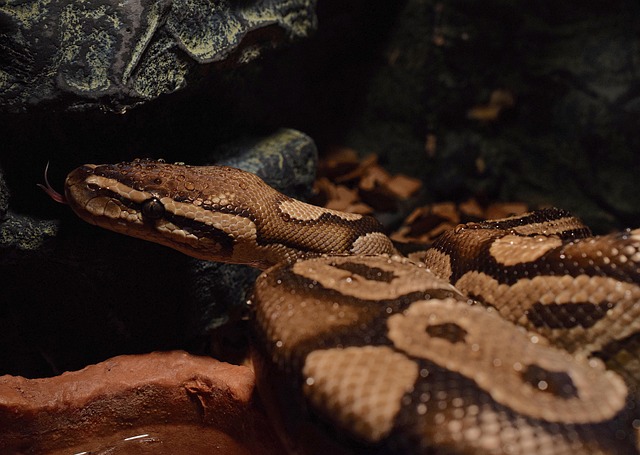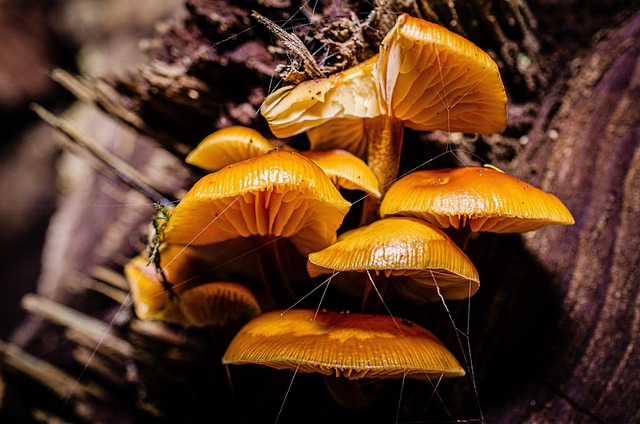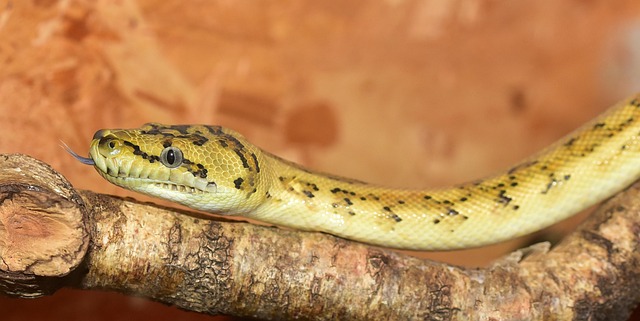Homeowners often opt for DIY mold removal due to its cost-effectiveness. Beforehand, address moisture issues and don protective gear. Mild detergent and water scrub visible mold, followed by thorough drying. Bleach, a common household cleaner, is powerful but requires safety precautions like ventilation and protective clothing. For severe cases or concerns about bleach's effects, natural alternatives like vinegar, enzyme cleaners, or specialized remediation products offer safer DIY options.
Is bleach a safe and effective solution for DIY mold removal? This comprehensive guide explores the pros and cons of using bleach for remediating mold issues. We’ll break down the basics of mold removal, delve into what exactly bleach is and how it works, and outline its benefits in fighting mold. However, safety precautions cannot be overlooked. This article also provides application techniques and alternative methods to ensure a thorough yet secure mold removal process.
- Understanding DIY Mold Removal: The Basics
- What is Bleach and How Does it Work?
- Benefits of Using Bleach for Mold Remediation
- Safety Precautions When Using Bleach for Mold
- Effective Application Techniques for Bleach-Based Mold Removal
- Alternative Methods to Consider for Mold Remediation
Understanding DIY Mold Removal: The Basics

Many homeowners opt for DIY mold removal as a cost-effective and convenient solution. Understanding the basics is essential before tackling this task. Firstly, identify the source of moisture that encourages mold growth, such as leaks or high humidity, and rectify these issues to prevent future mold problems. Next, assemble the necessary tools and supplies, including protective gear like gloves, goggles, and a respirator mask.
Effective DIY mold removal involves cleaning the affected area with a mixture of water and mild detergent, then using a scrub brush to remove any visible mold or stained surfaces. It’s crucial to dry the area thoroughly after cleaning to prevent mold from returning. For more severe cases, consider using commercial mold remediators or bleach solutions, but always follow safety guidelines and ensure proper ventilation during application.
What is Bleach and How Does it Work?

Bleach, a common household cleaning agent, is a powerful chemical with a long history of use in various sanitation tasks. When it comes to DIY mold removal, bleach is often considered a go-to solution due to its effectiveness and accessibility. It primarily works as a sanitizing and disinfecting agent, eliminating a wide range of microorganisms, including mold spores. The active ingredient in bleach, sodium hypochlorite, disrupts the cell walls of micro-organisms, rendering them unable to function and ultimately killing them. This makes bleach an attractive option for those undertaking DIY mold removal, aiming to kill off mold and prevent its regrowth.
Benefits of Using Bleach for Mold Remediation

Bleach is a common household cleaning agent that offers several advantages for DIY mold removal. Its powerful antimicrobial properties make it effective in killing and preventing mold growth, making it a popular choice for those tackling mold issues on their own. This simple yet potent chemical can be easily accessed and used as part of a comprehensive mold remediation strategy.
When used correctly, bleach can be a safe and efficient solution for eliminating mold. It’s particularly useful for sanitizing surfaces and killing any remaining mold spores after physical removal of the moldy areas. For DIY enthusiasts, incorporating bleach into their cleaning routine can provide an effective, cost-friendly method of mold control, especially in hard-to-reach or narrow spaces where other methods might be less practical.
Safety Precautions When Using Bleach for Mold

When considering bleach as a DIY mold removal solution, safety should be your top priority. Bleach is a powerful chemical that can effectively kill mold and its spores, making it a popular choice for many homeowners tackling mold issues. However, due to its corrosive nature, it’s crucial to follow strict precautions when using bleach for mold remediation.
Always ensure proper ventilation in the affected area. Wear protective gear including gloves, safety goggles, and a mask to avoid direct contact with bleach fumes or splashes. When cleaning, start from the least contaminated areas and work your way out to prevent spreading mold spores. Thoroughly rinse surfaces after cleaning with bleach and dry them completely to minimize the risk of further growth. Remember, while bleach can be effective, it’s not suitable for all types of mold or surfaces, so always test first and follow label instructions carefully.
Effective Application Techniques for Bleach-Based Mold Removal

When considering bleach for DIY mold removal, understanding effective application techniques is key. Bleach can be a powerful tool against mold, but it requires careful handling and precise application to ensure safety and maximum efficacy. For best results, start by preparing the area thoroughly; this includes cleaning the surface to remove any debris or contaminants that could interfere with bleaching.
Next, mix bleach according to manufacturer instructions, typically a solution of one part bleach to nine parts water. Use protective gear including gloves, goggles, and a mask throughout the process. Apply the bleach solution evenly using a clean sponge or cloth, ensuring thorough coverage without over-saturating the affected area. Allow the bleach to work for several minutes before rinsing thoroughly with clean water. For larger or more severe mold infestations, consider repeated applications spaced several days apart for optimal results in DIY mold removal.
Alternative Methods to Consider for Mold Remediation

When it comes to DIY mold removal, many homeowners reach for bleach as a common household cleaner. While bleach can effectively kill mold spores on surfaces, it’s not always the safest or most comprehensive solution. Alternative methods exist that offer deeper cleaning and address the root causes of mold growth without harsh chemicals. These include using natural enzymes that break down mold and its residues, which are gentle yet powerful cleaners. Another option is applying a mixture of water and vinegar, a DIY mold removal duo that not only kills mold but also prevents its return by adjusting pH levels. Additionally, specialized mold remediation products designed for thorough cleaning and deodorization provide effective solutions without the risks associated with bleach.
